The Versatility of Cryogenics: 15 Cryogenic Applications
Cryogenics—the science of producing and using extremely low temperatures—has evolved into a transformative force across numerous sectors. From preserving food and enhancing medical therapies to fuelling space exploration and powering quantum computing, cryogenic technology plays a vital role in enabling precision, efficiency, and innovation. Liquid nitrogen (LN2), carbon dioxide (CO2), and other cryogenic gases are used in highly specialised systems that demand rigorous safety and control. This article explores 15 major applications of cryogenics, showcasing how cryogenic gases and tools are driving advancements in food processing, healthcare, automotive engineering, electronics, metal manufacturing, space exploration, and beyond.
Efficient Food Preservation with Cryogenic
Cryogenic Tunnel Freezers: Tunnel freezers are long, closed structures that rapidly cool or freeze large quantities of food products. Liquid nitrogen at -196°C is often used to spray products, quickly curing their surfaces. A cold gas stream passes through the tunnel to cool the products above the freezing point or completely freeze them.

Cooling Trays: Cooling trays, also known as dipping trays, are used to immerse products in liquid nitrogen for instant cooling. This method is ideal for creating thin layers of coatings, such as chocolate or fruit, around ice cream while maintaining the core quality of the product.
Benefits:
- Rapid freezing prevents large ice crystal formation
- Preserves texture, flavor, and nutrients
- Ideal for meats, seafood, baked goods, and produce
What is cryogenic food preservation?
Cryogenic food preservation involves the use of cryogenic gases, such as liquid nitrogen (LN2) and carbon dioxide (CO2), to rapidly freeze or cool food products. Cryogenics, the science of utilizing very low temperatures (typically below -150°C or -238°F), takes advantage of the unique properties of these gases to halt the growth of bacteria, mold, and other microorganisms that cause food spoilage. Cryogenic freezing ensures rapid and uniform freezing, unlike conventional methods that may create large ice crystals and damage the cellular structure of food. This process preserves the food’s original texture, flavor, and nutritional content, making it ideal for a wide variety of products, from fruits and vegetables to meats, seafood, and bakery items.
Cryogenic Applications in the Medical Industry
a) Cryotherapy
Cryotherapy, or cold therapy, involves exposing a part of the body to extreme cold to treat various medical conditions. Cryogenic gases, such as liquid nitrogen, are used to freeze and remove abnormal tissue, including warts and precancerous cells.
How it Works: Applying liquid nitrogen to the affected area freezes the tissue. This freezing process causes the tissue to die and eventually fall off, enabling the removal of harmful cells or growths.
Applications: Skin treatments, cancer therapies, wart removal, and the elimination of precancerous lesions.
b)Cryopreservation
Cryogenics is essential for preserving biological materials such as blood, tissues, and stem cells by cooling them to cryogenic temperatures. This process keeps cells, tissues, and embryos viable for future use, including organ transplants and fertility treatments.
How it Works: To prevent degradation and maintain cell function, biological samples are cooled and stored at temperatures as low as -196°C.
Applications: stem cell preservation, sperm and egg banking, organ preservation, and blood and tissue storage.
Filling Stations: In medical institutions, small amounts of liquid nitrogen are used for treatments like skin lesion removal and sample storage. Filling stations allow staff to fill Dewars with liquid nitrogen, ensuring a steady supply and accurate usage monitoring.
Cryogenic Dewars: Cryogenic dewars preserve biological materials like blood cells, stem cells, and embryos through cryopreservation. These are often located in biobanks equipped with vacuum-insulated piping and various connection points.
Cryosaunas: Cryosaunas, used in sports, rehabilitation, and wellness services, expose the body to extremely low temperatures for 2-3 minutes, purportedly improving overall well-being. These are typically cooled with liquid nitrogen vapour or air-cooled using liquid nitrogen.
Advanced Pharmaceutical Preservation
Freeze Dryers: Freeze drying removes water from sensitive pharmaceutical materials like antibiotics and vaccines without affecting their properties. Liquid nitrogen brings the material to low temperatures, followed by vacuum dehydration.
Cryogenic Palletizers: Cryogenic gases are used to halt deterioration in granulating probiotics and starter cultures. Many palletizers feature clean rooms to create an inert working environment, ensuring product quality.
Automotive Engineering
Cooling Boxes for Shrink Fitting:
Metal parts are temporarily cooled using LN2 to reduce size for precision fitting into engine assemblies. Upon returning to room temperature, the parts expand and lock into place.
Benefits:
- High-precision mechanical assemblies
- Avoids heat-based fitting methods
- Reduces the risk of material stress or warping
Enhancing Electronic Reliability
Inert Production Areas: Electronic components are fragile and can be damaged by oxidation, humidity, and high temperatures. Inert production areas replace atmospheric air with non-reactive gases like nitrogen, preventing contamination.
Microchip Testers: Cryogenic gases test electronic devices in environments cooled with liquid nitrogen. These tests determine if microchips can withstand low temperatures, ensuring device reliability.
Uses of Cryogenics in Metal Production
Cooling of Extrusion Matrices for Aluminium: Significant heat is generated during aluminium extrusion, requiring effective cooling. Liquid nitrogen is used to promptly cool extrusion matrices, preventing oxidation and ensuring high-quality end products.
Cryogenic Applications in Space Exploration
Rocket Propellants: Liquid hydrogen and liquid oxygen are rocket fuels due to their high energy density and efficiency. Cryogenic fuels enable space missions by providing the necessary thrust for rockets to escape Earth’s gravity.
Cryogenic Applications in Energy Storage
Cryogenic Energy Storage Systems: Cryogenic energy storage involves liquefying air or nitrogen during periods of low energy demand. The stored cryogenic fluid can later be evaporated to generate electricity during peak demand, offering an efficient and scalable solution for renewable energy storage.
Cryogenic Applications in Environmental Science
Ice Core Drilling: Cryogenic technology is employed to study past climate conditions in ice core drilling. Scientists can analyse trapped air bubbles and other inclusions by extracting ice cores from glaciers and polar ice caps to understand historical climate data.
Cryogenic Applications in Quantum Computing
Superconducting Qubits: Quantum computers use superconducting qubits operating at cryogenic temperatures to minimise thermal noise and improve coherence times. This enables the development of more powerful and efficient quantum computers, pushing the boundaries of computational capabilities.
Conclusion
Cryogenic engineering’s versatility spans numerous industries, from food and medical to automotive and electronics. At DSW, we pride ourselves on providing tailored cryogenic solutions for each sector’s unique needs, contributing to innovation and efficiency. For more information about our cryogenic products and applications, please contact us or explore our offerings online.

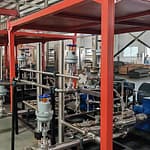
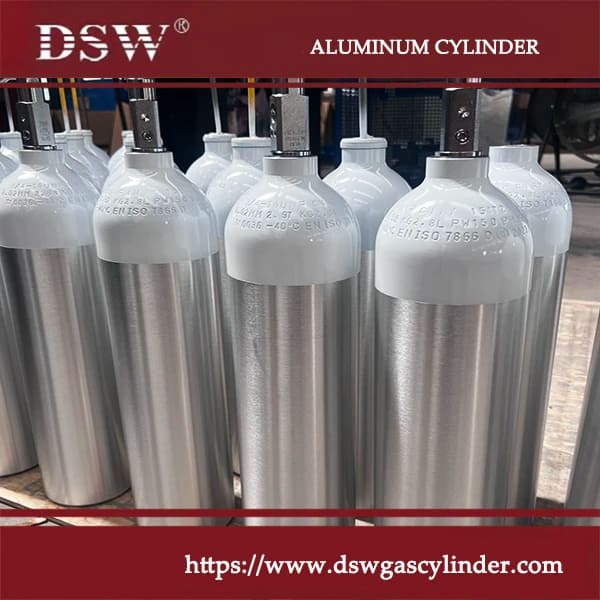
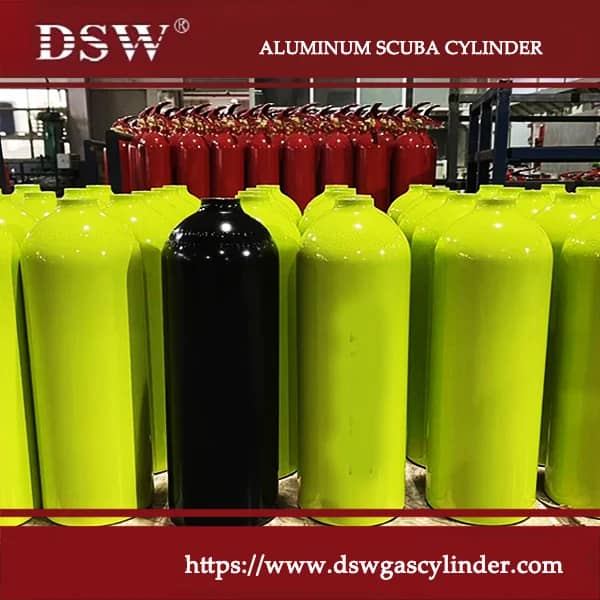

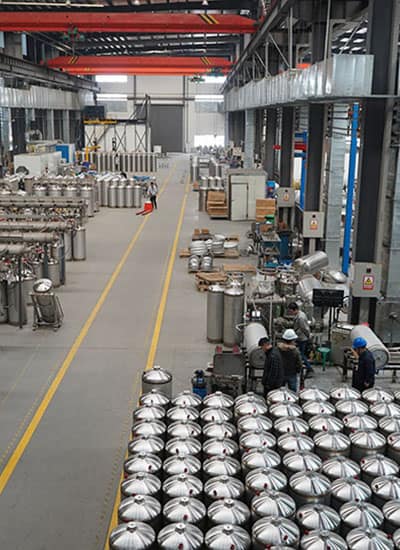

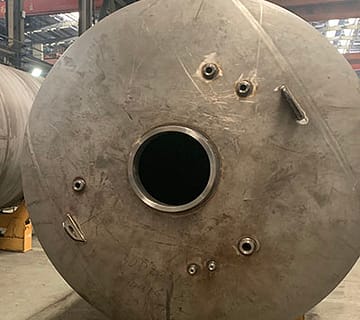

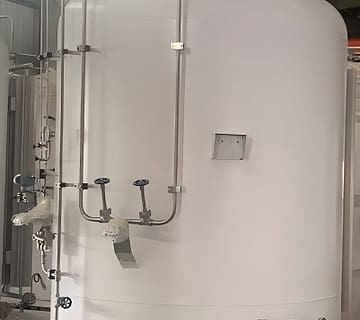
No comment